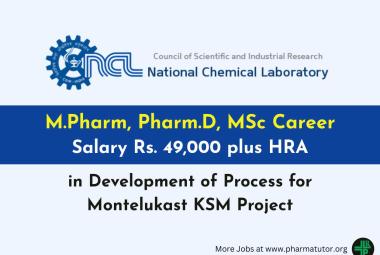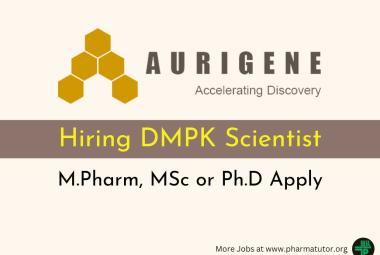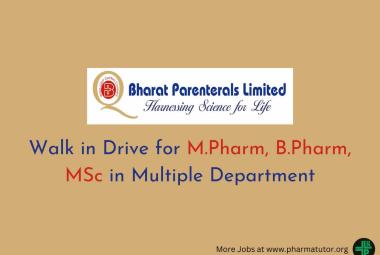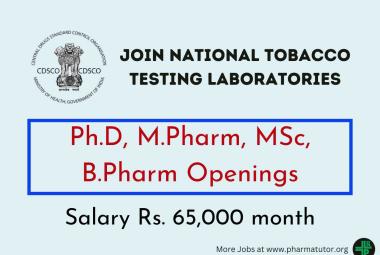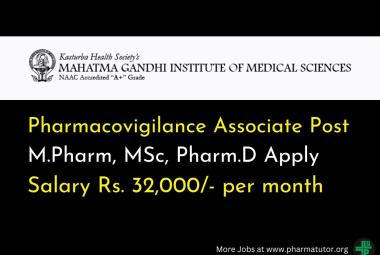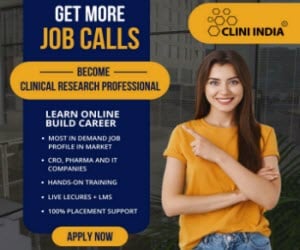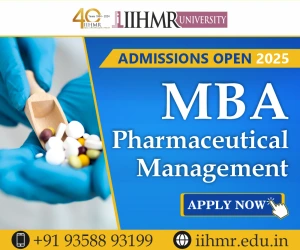KETAMINE: A MAGIC REMEDY
{ DOWNLOAD AS PDF }
ABOUT AUTHORS
Kshitij Nuwal, Shailja Jain, Kamal S. Rathore
B.N.I.P.S., UDAIPUR
kshitij.nawal10@gmail.com
ABSTRACT:
The largest, longest study conducted on depression treatments, called the STAR*D trial, found that after people tried four antidepressants over the course of five years, about 70% of them were free of depressive symptoms. That’s a lot of trial and error to end at a place where 30% of patients don’t experience remission at all. The STAR*D trial ended in 2014, and despite a clear hole in the market–and a clear patient need–a golden age of new depression treatments still hasn’t arrived. The anesthetic ketamine could offer hope for people who don't have other depression treatment options. The most recent research on ketamine, as well as a statement from experts on its use published in April 2017, finds the drug works quickly, makes dramatic improvements in mood, and can work on people who haven’t gotten better with other depression treatments.


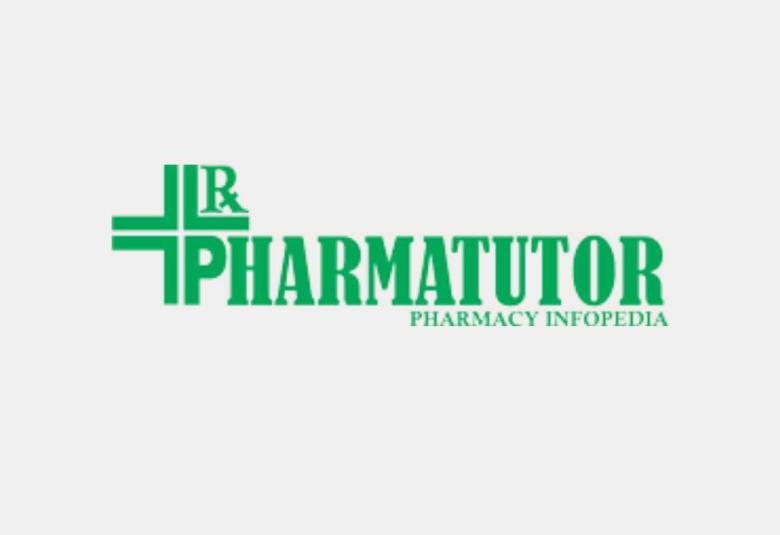

 ABOUT AUTHORS
ABOUT AUTHORS